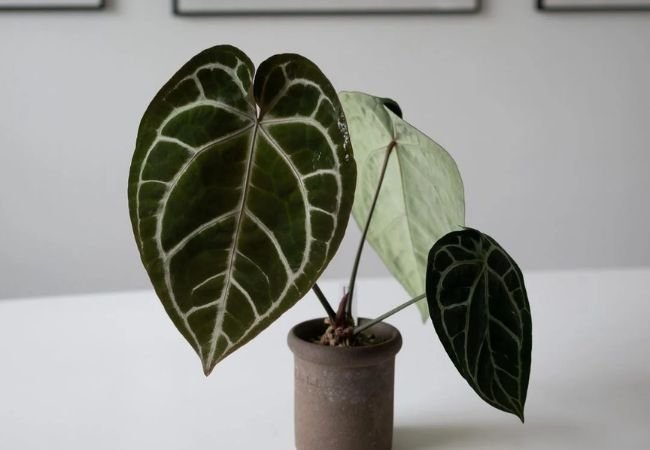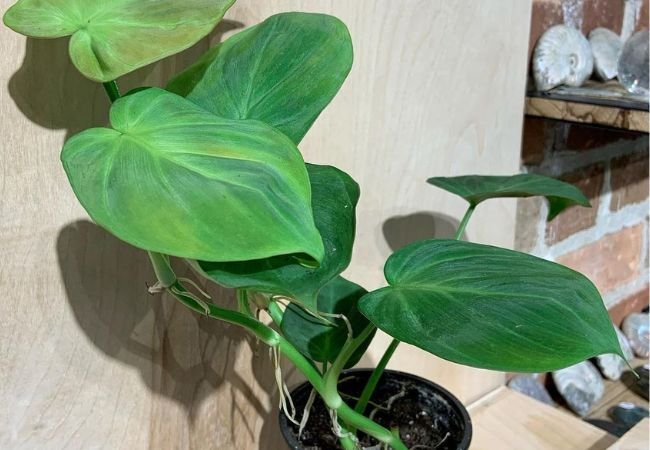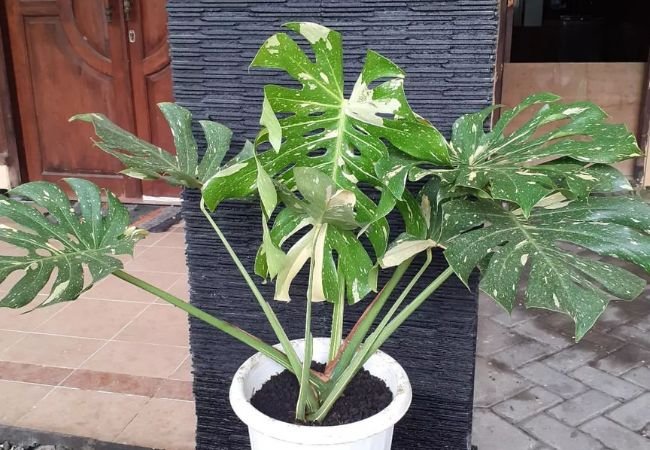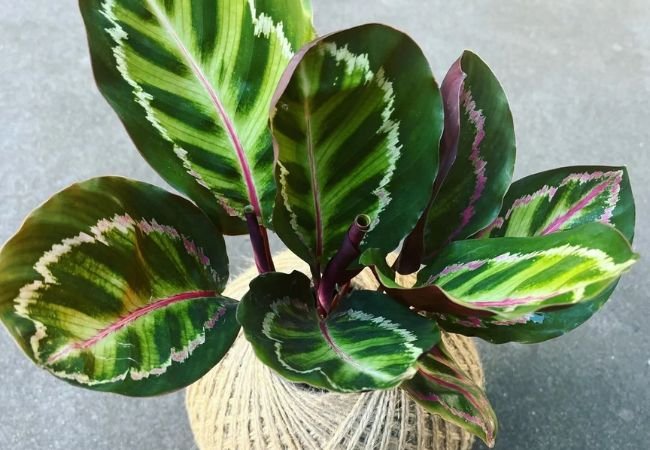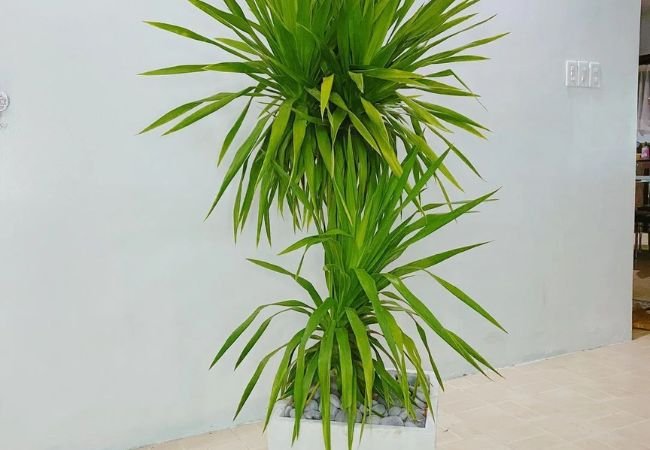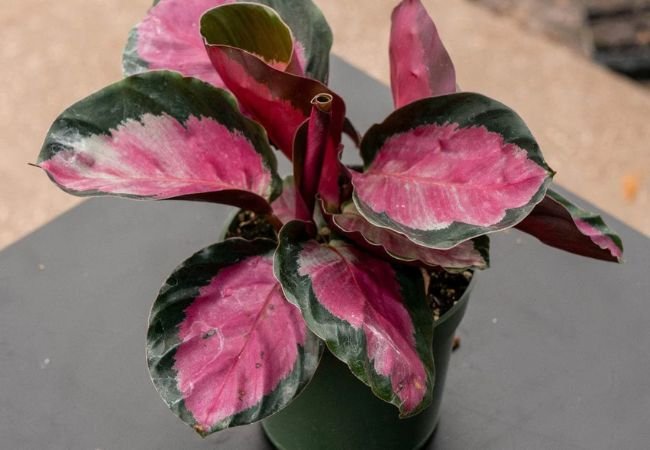Why Stephania Erecta is the Must-Have Plant for 2024
Discover why Stephania Erecta is the must-have plant for 2024. Learn about its unique features, care tips and how it can elevate your indoor garden.
Are you looking for a plant that’s both eye-catching and easy to care for? Look no further than Stephania Erecta! This amazing plant is set to be the star of indoor gardens in 2024. Let’s dive into why this unique plant is catching everyone’s attention and how you can make it thrive in your home.
Stephania erecta is a fascinating plant known for its unique appearance and growth habits. Here’s an overview:
Stephania erecta
| Feature | Details |
|---|---|
| Scientific Name | Stephania erecta |
| Common Names | Stephania vine, Cauliflower plant |
| Family | Menispermaceae |
| Native To | Tropical regions of Africa and Asia |
| Description | Twining vine with succulent stems |
| Stem Features | Cylindrical, often segmented |
| Leaf Features | Round to heart-shaped, sometimes lobed |
| Growth Habit | Climbing or trailing vine |
| Flowering | Inconspicuous flowers, dioecious (separate male and female plants) |
| Fruit | Small, berry-like, usually red or orange when ripe |
| Special Features | Resembles a cauliflower when dormant |
| Uses | Ornamental houseplant, rare plant collectors’ item |
| Care | Bright indirect light, well-draining soil, moderate watering, tropical temperatures |
What is Stephania Erecta?
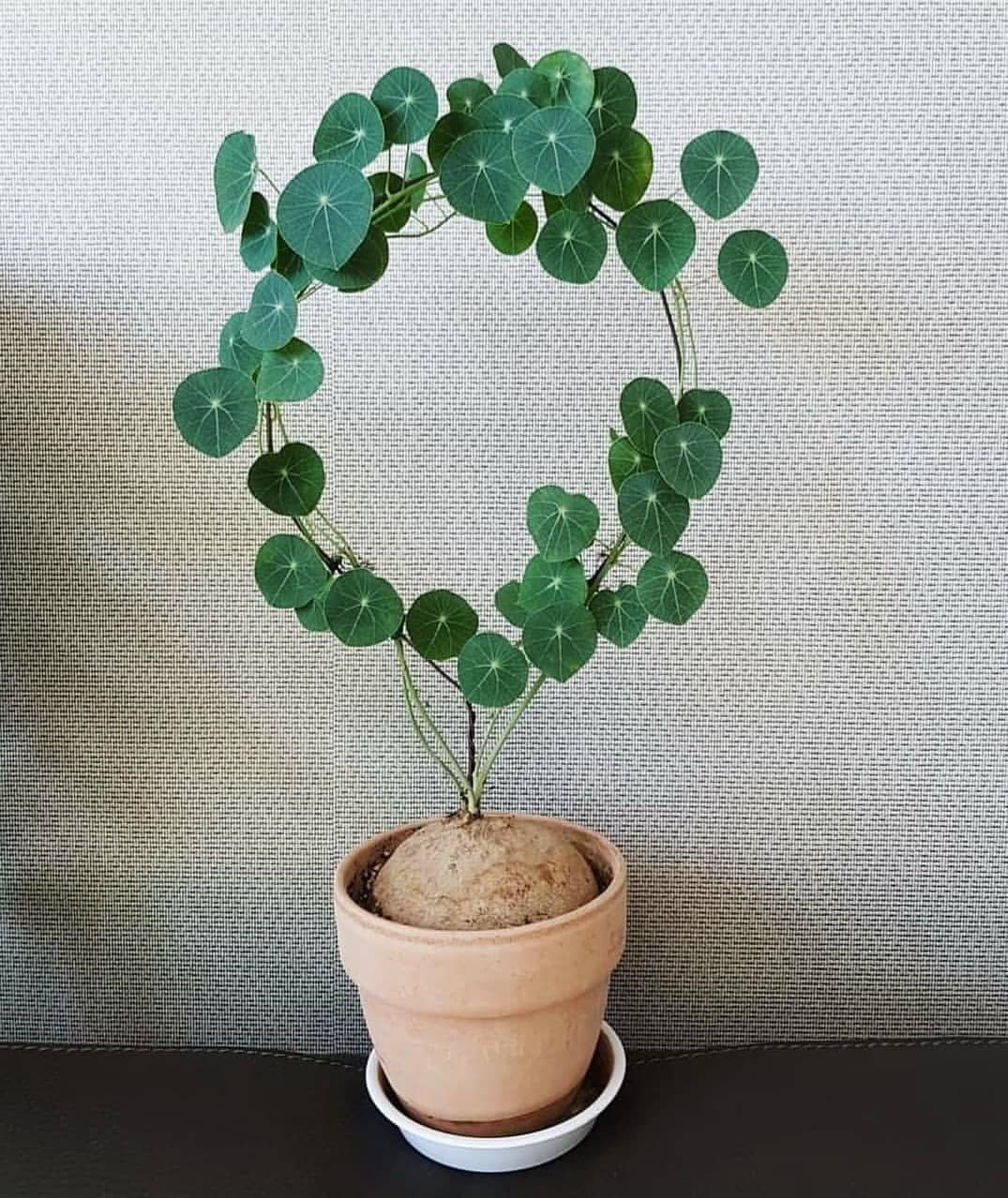
Stephania Erecta, also known as Stephania Nova or the Button Plant, is a fascinating plant that belongs to the Menispermaceae family. It’s native to Thailand and other parts of Southeast Asia. What makes this plant so special is its unusual appearance and growth habit.
The most striking feature of Stephania Erecta is its caudex – a large, round, potato-like stem that sits above the soil. From this caudex, thin vines grow out, supporting delicate, circular leaves. When dormant, the plant loses its leaves, leaving behind the sculptural caudex, which looks like a piece of modern art.
According to the University of Florida’s IFAS Extension, tropical plants like Stephania Erecta are becoming increasingly popular in indoor gardening due to their unique appearances and adaptability to indoor conditions.
Why is Stephania Erecta the Must-Have Plant for 2024?
- Unique Appearance The Stephania Erecta’s unusual look is sure to be a conversation starter. Its round caudex and delicate leaves make it stand out from other houseplants.
- Low Maintenance Once you understand its basic needs, Stephania Erecta is relatively easy to care for, making it perfect for busy plant lovers.
- Adaptable to Indoor Conditions This plant thrives in typical indoor temperatures and doesn’t need high humidity, making it suitable for most homes.
- Compact Size The Stephania Erecta stays relatively small, making it ideal for apartments or homes with limited space.
- Drought Tolerant Its ability to store water in its caudex means it can tolerate occasional neglect, perfect for forgetful waterers.
- Year-Round Interest Even when dormant and leafless, the caudex provides visual interest to your space.
How to Care for Your Stephania Erecta
To keep your Stephania Erecta happy and healthy, follow these care tips:
- Light Stephania Erecta prefers bright, indirect light. According to the Missouri Botanical Garden, most tropical plants thrive in bright, filtered light, which mimics their natural habitat under the forest canopy.
- Water Water your Stephania Erecta sparingly. Allow the soil to dry out completely between waterings. During its dormant period (usually winter), reduce watering even further.
- Soil Use a well-draining potting mix. A cactus or succulent mix works well. The University of California Agriculture and Natural Resources recommends adding perlite or coarse sand to improve drainage for plants that prefer dry conditions.
- Temperature Keep your Stephania Erecta in a warm spot. It prefers temperatures between 60-80°F (15-27°C).
- Humidity While it appreciates some humidity, Stephania Erecta can tolerate average indoor humidity levels.
- Fertilizer Feed your plant with a balanced, water-soluble fertilizer once a month during the growing season (spring and summer).
- Repotting Repot your Stephania Erecta every 2-3 years or when it outgrows its current pot. Choose a pot that’s only slightly larger than the caudex.
Propagating Stephania Erecta
One of the exciting aspects of owning a Stephania Erecta is the possibility of propagation. Here’s how you can do it:
- Seed Propagation If your plant produces seeds, you can try growing new plants from them. However, this method can be challenging and time-consuming.
- Caudex Division For mature plants, you can divide the caudex during repotting. Ensure each division has at least one growth point.
- Stem Cuttings While less common, some growers have success with stem cuttings. Place the cutting in water or moist soil until roots develop.
The North Carolina State University Extension provides excellent resources on plant propagation techniques that can be applied to Stephania Erecta.
Common Problems and Solutions
Even though Stephania Erecta is relatively easy to care for, you might encounter some issues:
- Yellowing Leaves This usually indicates overwatering. Reduce watering frequency and ensure your pot has good drainage.
- Leaf Drop Some leaf drop is normal, especially as the plant enters dormancy. However, if it’s not the dormant season, check for drafts or temperature fluctuations.
- Pests Stephania Erecta can occasionally be affected by mealybugs or spider mites. Treat with insecticidal soap or neem oil.
- Rot If the caudex becomes soft or mushy, it’s likely rotting due to overwatering. Unfortunately, this is often fatal to the plant.
For more information on identifying and treating plant problems, the University of Minnesota Extension offers a comprehensive guide.
Designing with Stephania Erecta
Incorporating Stephania Erecta into your home decor can elevate your space. Here are some ideas:
- Minimalist Centerpiece Place a single Stephania Erecta in a simple, modern pot as a dining table centerpiece.
- Bookshelf Accent Use it to break up book arrangements on a shelf, adding visual interest.
- Bathroom Greenery Its tolerance for humidity makes it a great choice for bathroom decor.
- Office Desk Plant The compact size of Stephania Erecta makes it perfect for desk decoration.
- Plant Grouping Combine it with other unique plants like succulents or air plants for an eye-catching display.
The Smithsonian Gardens offers excellent resources on creating beautiful indoor plant displays.
Why Stephania Erecta is More Than Just a Trend
While Stephania Erecta is certainly trendy, it’s more than just a passing fad. Here’s why it’s likely to remain popular beyond 2024:
- Sustainability As a drought-tolerant plant, it aligns with the growing interest in water-wise gardening.
- Biophilic Design The unique appearance of Stephania Erecta fits perfectly with the biophilic design trend, which aims to connect building occupants more closely to nature.
- Low-Maintenance Lifestyle As people continue to seek ways to reduce stress and simplify their lives, low-maintenance plants like Stephania Erecta will remain popular.
- Instagram-Worthy Its photogenic nature makes it perfect for social media, ensuring its continued popularity among plant enthusiasts.
- Therapeutic Benefits Like many houseplants, caring for a Stephania Erecta can have mental health benefits. The University of Washington’s Urban Forestry and Natural Resources Research discusses the positive impacts of indoor plants on mental health and well-being.
Where to Find Stephania Erecta
Due to its rising popularity, Stephania Erecta can sometimes be challenging to find. Here are some places to look:
- Specialty Plant Shops Many plant stores specializing in rare or unusual plants carry Stephania Erecta.
- Online Plant Retailers There are several reputable online plant shops that sell Stephania Erecta.
- Plant Swaps or Groups Join local plant groups or attend plant swaps. You might find someone willing to share a division of their Stephania Erecta.
- Botanical Gardens Some botanical gardens sell plants, including rare species like Stephania Erecta.
When purchasing, ensure you’re buying from a reputable source to avoid scams or unhealthy plants.
Stephania Erecta is truly a unique and captivating plant that deserves its place as the must-have plant for 2024. Its distinctive appearance, low-maintenance nature and adaptability to indoor conditions make it an excellent choice for both seasoned plant enthusiasts and beginners alike.
By adding a Stephania Erecta to your indoor garden, you’re not just following a trend – you’re bringing a piece of horticultural wonder into your home. Its sculptural form provides year-round interest, while its care requirements align perfectly with our busy modern lifestyles.
Remember, while Stephania Erecta is relatively easy to care for, it does have specific needs. Pay attention to its light, water and soil requirements and you’ll be rewarded with a healthy, thriving plant that will be the envy of all your plant-loving friends.
So why wait? Start your search for a Stephania Erecta today and join the ranks of plant enthusiasts who are falling in love with this extraordinary plant. Whether you’re a collector of rare plants, a fan of unique home decor, or simply someone who appreciates the beauty of nature, Stephania Erecta is sure to bring joy and interest to your space throughout 2024 and beyond!

